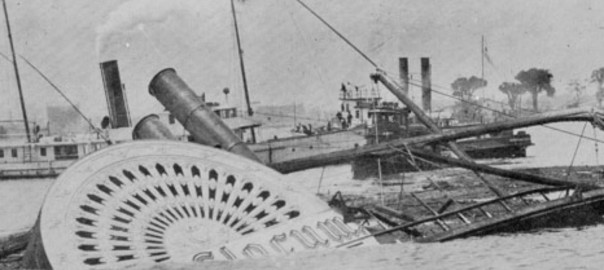Only biochemists and astronauts studied advanced sciences in the past. Now, it is definitely necessary to pursue this discipline in secondary school to improve your chances of a college admission.
This is because of a number of students applying to be accepted into college even if they aren’t interested in becoming a scientist.
Your next question might be: how many years of science do you need?
For example, the University of California and Duke University require student to take three years of laboratory science.
If you’re planning to apply to the most selective college after school, then taking basic or advanced classes in Physics, Chemistry and Biology is necessary.
Of course, schools offer a number of sciences. Yet not all of them should be considered apart from the ones mentioned above. Some of these courses are anthropology, astronomy, geology and psychology.
There are universities that are alright with non-lab sciences such as astronomy and geology. A couple of these are the University of Oregon as well as the University of Florida.
This is why it is best to have a clear understanding of which colleges you or your student prefers. In looking the sciences courses necessary for admission, you can then decide which science courses should be taken beforehand.
As for what admission panels look for, they recommend that students take the most rigorous courses offered by their school. Of course, if their school does not offer certain courses, that does work against them. Yet if they do not take classes offered by their school, then this might come to the panel’s attention.
Of course, if science isn’t your favorite subject, academics aren’t the sole focus of admissions. Look to building strength in other areas apart from focusing on real-world interests.


